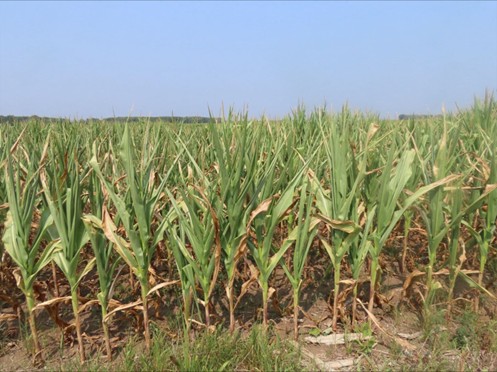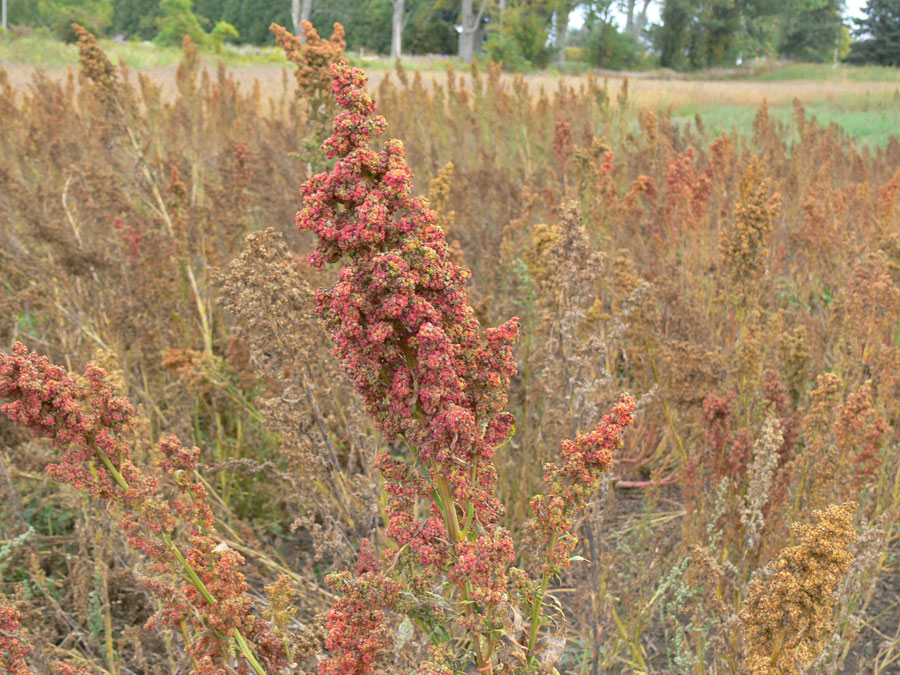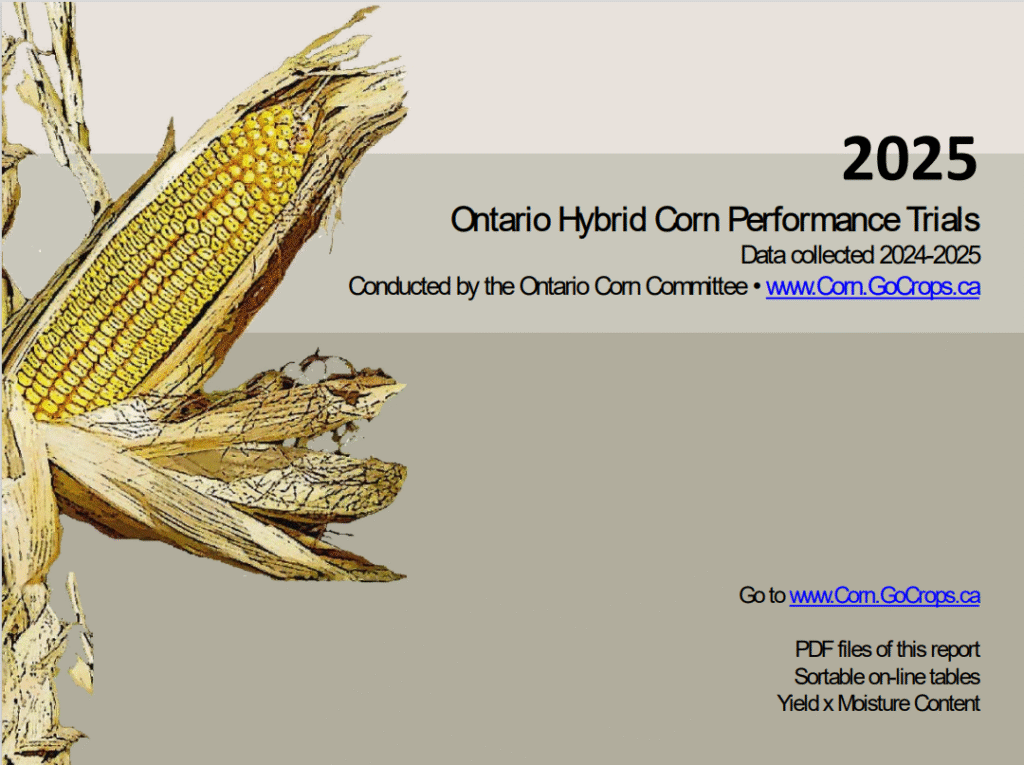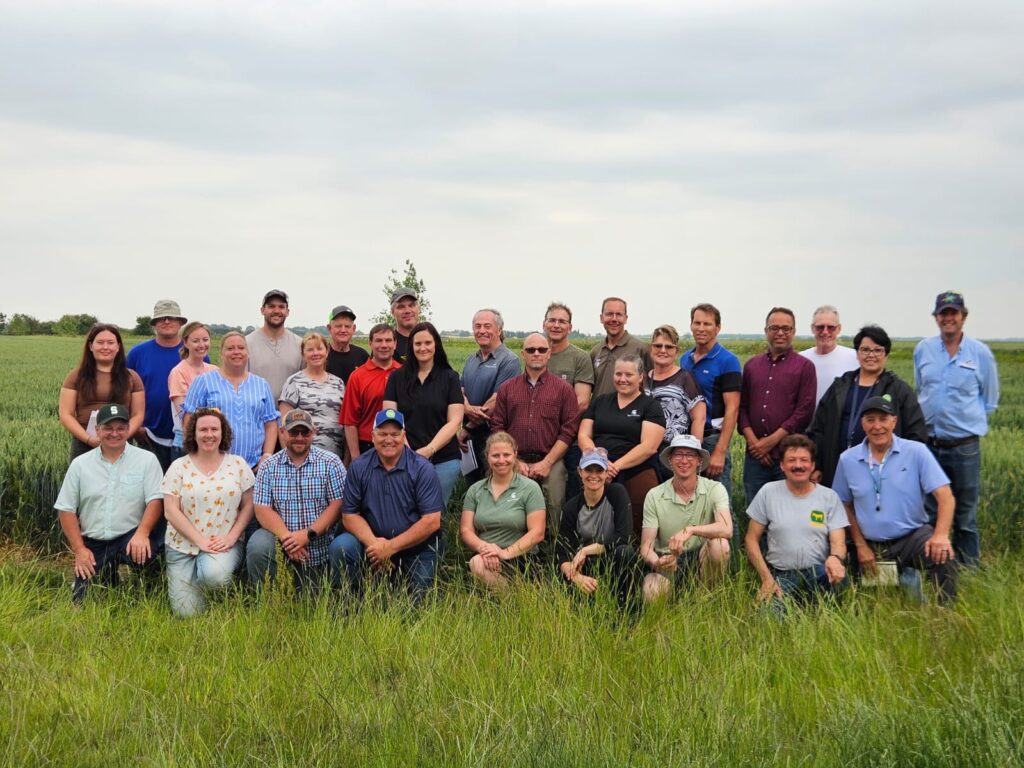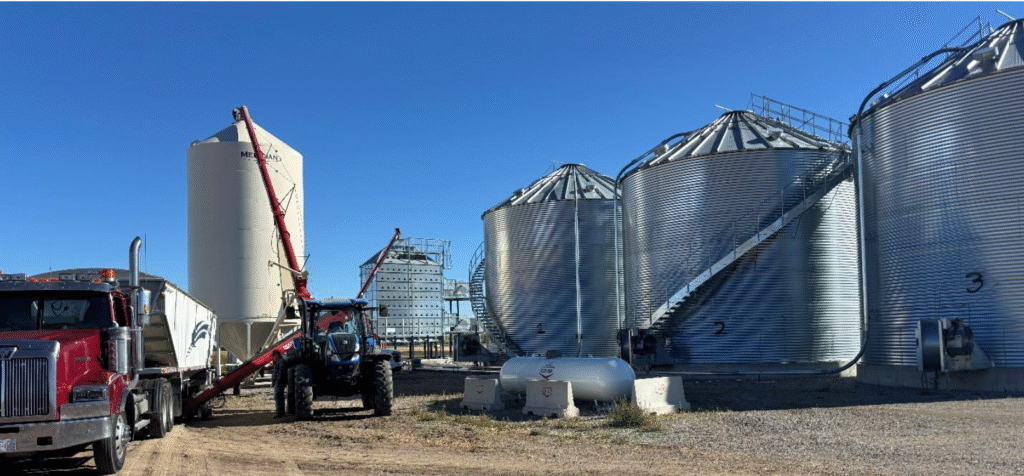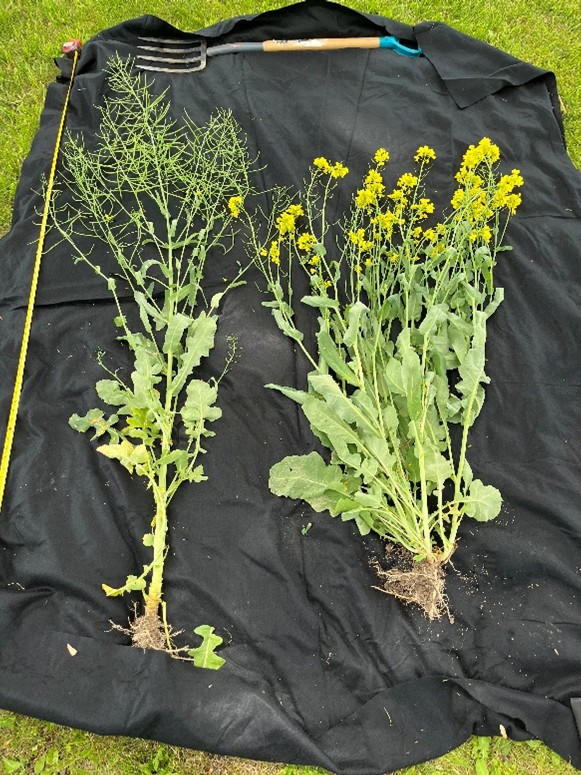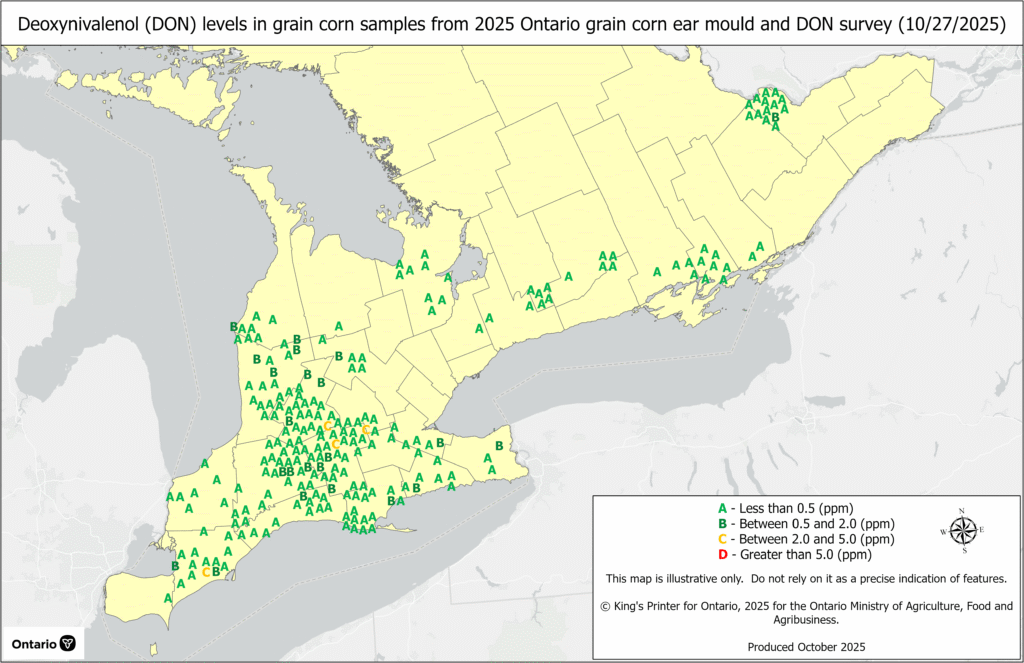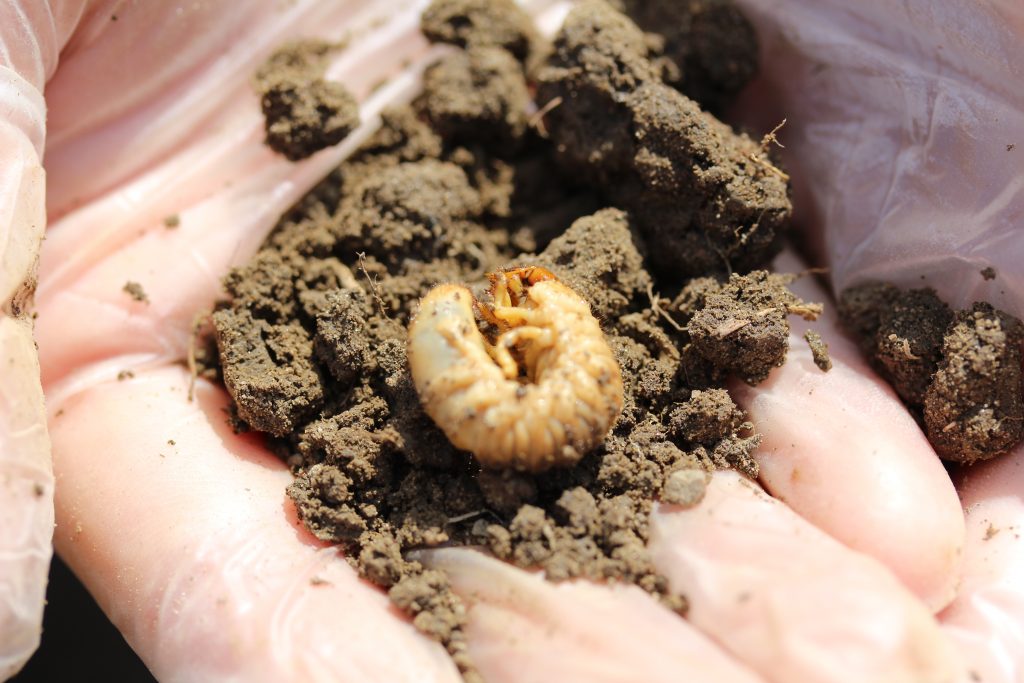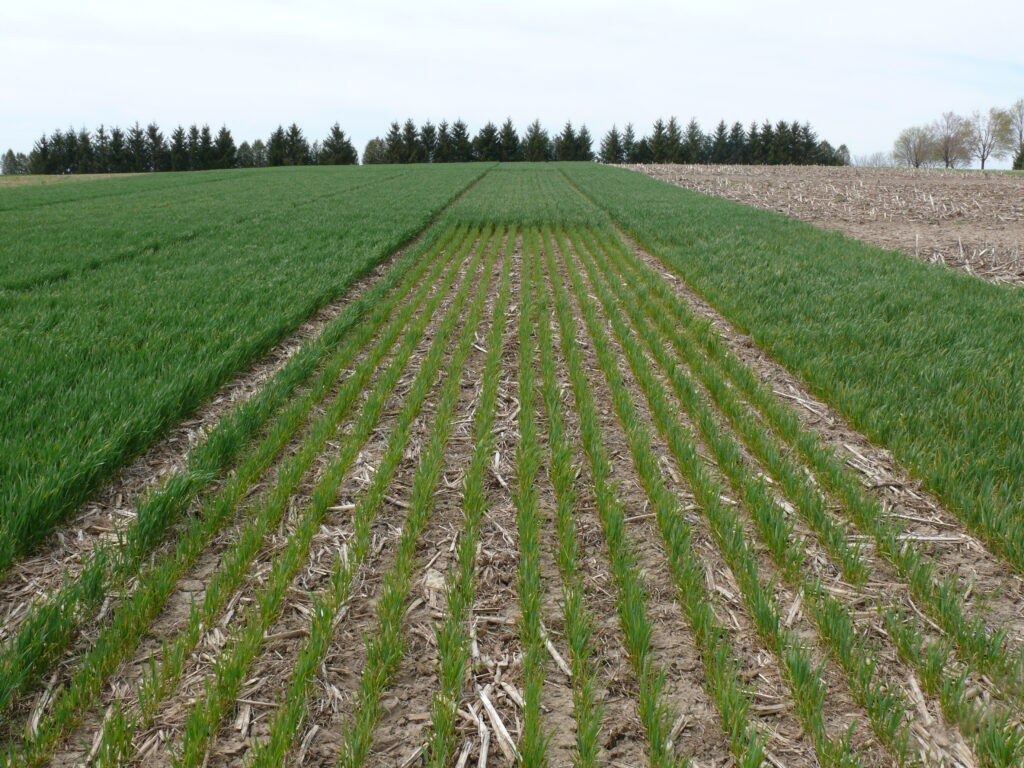2025 Ontario CRW Trap Network Results
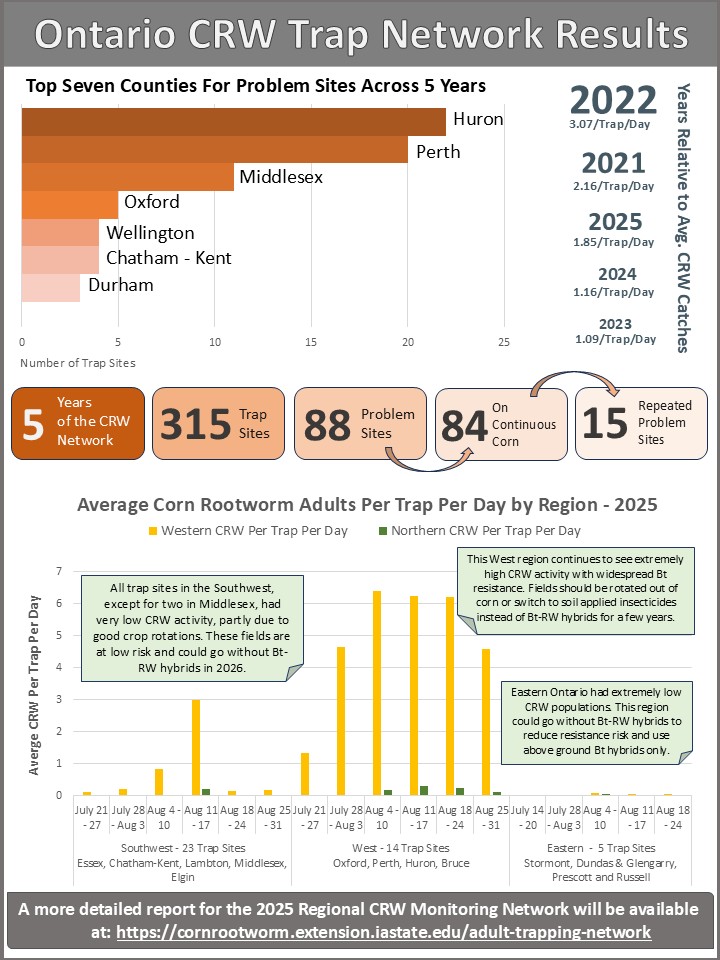
The Corn Rootworm Trap Network is 5 years old! We have learned a lot about corn rootworm populations here in Ontario and we value the efforts of all trap participants who have monitored sites each season. A special thanks goes to Dan Bihari, Senior GIS Specialist, OMAFA for maintaining the trap network platform and to […]
